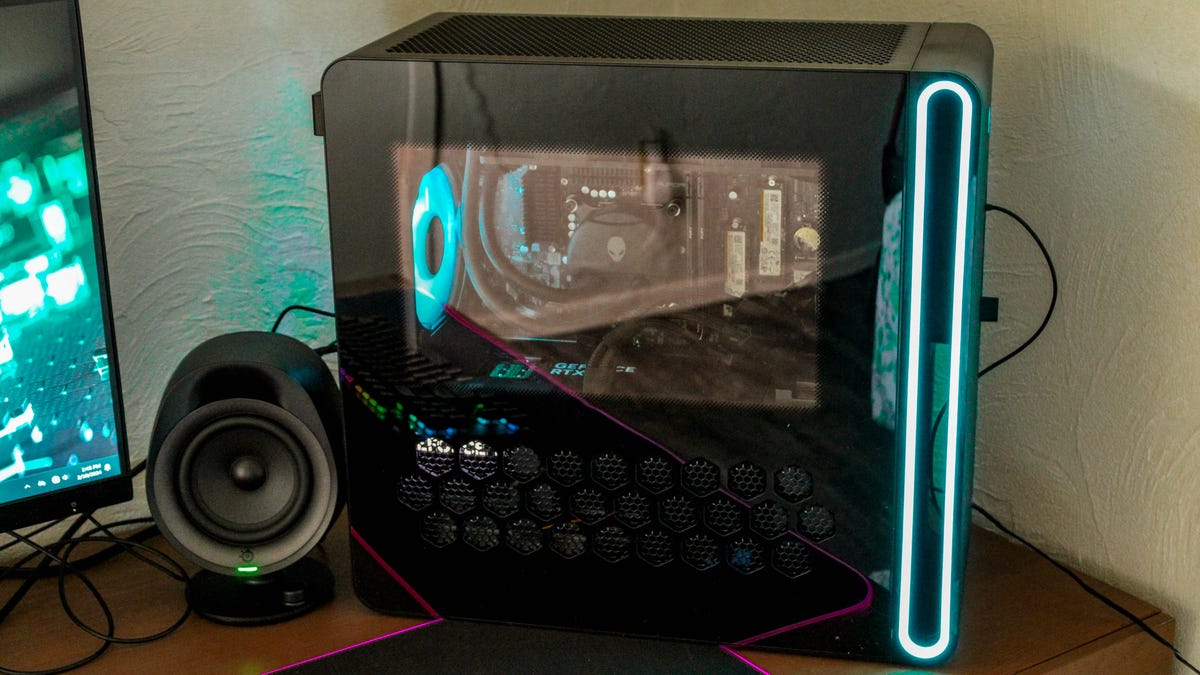BOOK THIS SPACE FOR AD
ARTICLE ADiOS 16 is found to have evidence for an always-on display capability, according to a report. The feature could be limited to the rumoured iPhone 14 Pro and iPhone 14 Pro Max and is speculated to work similar to the always-on display available on the recent Apple Watch models. However, Apple did not talk about the always-on display capability at the time of announcing iOS 16 earlier this week. The new operating system, though, overhauls the lock screen experience that could set the pitch for the feature.
According to a report by 9to5Mac, iOS 16 contains multiple references to indicate the presence of an always-on display. The operating system is said to have three new frameworks that are related to backlight management of the iPhone's display.
Apple is expected to consider backlight management as a key aspect to enable the always-on display feature.
Each of the three frameworks in question is said to include references to an always-on display capability. The frameworks are also used by different components of iOS 16, including Lock Screen, 9to5Mac reports.
The fresh iOS release is also found to have references to an always-on display within the Springboard, which is a standard system application that manages the new Lock Screen of the iPhone. The application is also used to manage the home screen and other tasks including launching and bootstrapping different apps on the device.
In addition to the references, 9to5Mac has spotted some hidden flags within iOS 16 that Apple engineers could use to enable the always-on capability.
The engineers could notably be able to test the always-on display feature on the iPhone 13 Pro models before the launch of the iPhone 14 Pro and iPhone 14 Pro Max. However, the feature is likely to be limited to the new models for public usage.
One of the technical reasons for Apple to make the always-on display capability limited to the iPhone 14 Pro models is the requirement of a lower refresh rate. The iPhone 13 Pro models have a variable refresh rate that can scale to as low as 10Hz. In contrast, the recent Apple Watch models have a display that can go down to a 1Hz refresh rate. This helps preserve some battery while offering the always-on display capability.
Apple may introduce new displays on the iPhone 14 Pro models with support for running 1Hz refresh rate in certain circumstances to help users enable always-on display alongside getting an adequate battery life.
Few days before the iOS 16 announcement, Bloomberg's Mark Gurman indicated the availability of the always-on lock screen for the iPhone 14 Pro and iPhone 14 Pro Max. Gurman also mentioned that the feature would be available in iOS 16 but not for the existing iPhone models.
While unveiling iOS 16, Apple did showcase support for widgets and new notification styles on the revamped Lock Screen that we can safely expect to be a part of the always-on display capability. The recent Apple Watch models also keep widgets and other screen elements visible through the always-on display feature.
.png)
 2 years ago
91
2 years ago
91 














 Bengali (Bangladesh) ·
Bengali (Bangladesh) ·  English (United States) ·
English (United States) ·